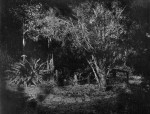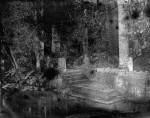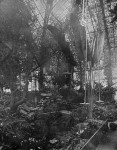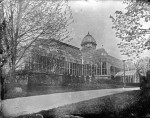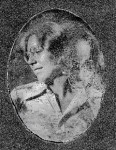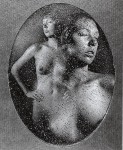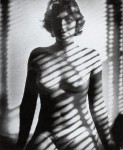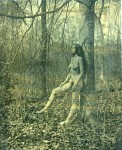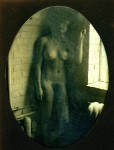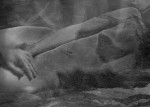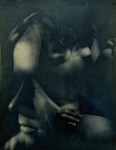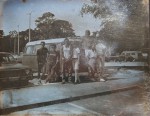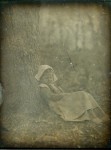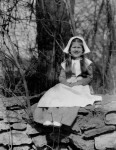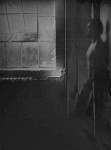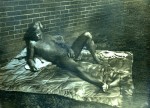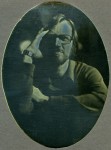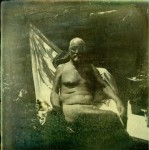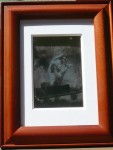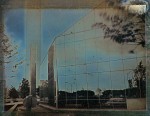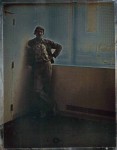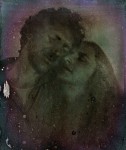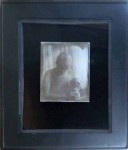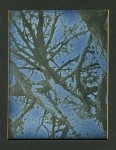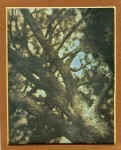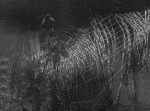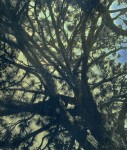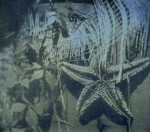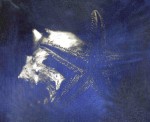Daguerreotypes – Walter Johnson
- Daytona beach II
- Daytona beach
- Inside the Franking building
- Frankin building
- Dual portrait
- Multi nude
- Nude
- Carol
- Ohio State Capital building
- Daytona Beach students
- Christina
- Christina at 5
- Self Portrait
- Self portrait
Artist Statement;
“I had started to work on making “Dags” the fall of 1969 using damaged 9th plates from my collection. I made an fuming box from discarded parts and pieces, and used a 6X9 format plate camera for my first efforts. My frist “Dag” was made late OCT. or early Nov, of the front of the arts building, [Hayes Hall], on the OSU oval. I don’t have a clue as to where that image is today, and wish now that I had taken better care of my early efforts.
It was after I had received my set of custom “Dag” tools made for me by Jim Ambrecht, [he made three sets of tools, one set for Marvin Kresman, one for himself, and the third for me], that I was able to improve te quality of my images. I would work every wekend that the weather promidted and before long I could with some certainly predict results. My History of Photography class, [502], was doing quite well and I wanted to include a live “Dag” demo in the classroom and thought that the best way was to have a guest speaker to do it. The day of my demo, I said the our guest speaker was “Prof. Simon Alexander Wooley”; I then turned my back to the class and put on the long tail black coat,a bow tie, and the beaver top hat, then turned to the class and announced that I was now Prof. Simon Alexander Wooley, [read the full story in The Daguerreian Society Newsletter, Sept-Oct 2006]. After that first demostration made by my “DAG” guest, I could be certain that every “Dag” demo would insure a full classroom.
It was not long after my classroom demos that several of the advanced photo students came to me and asked that I conduct a class to teach them the 19th century photographic processes with a strong emphasis placed on the Daguerreotype and Wet-plate processes. I believe that this may have been the first college credit class offerimg instruction in the 19th century photographic processes in America.
While I do continue to work at making “Dags” yet today, and have constructed two cameras just for that task with high speed lenses to shorten the exposures. With “Dags” there is a certain pleasure that come over me in having an acceptable image, and quickly forget the effort that was required. I’m also very pleased to know of the many “Dag” makers active today, and hope that there will always be those few photographers who fine true pleasure in continuing to work with the lost to most historical photographic processes.
Walter Johnson”
